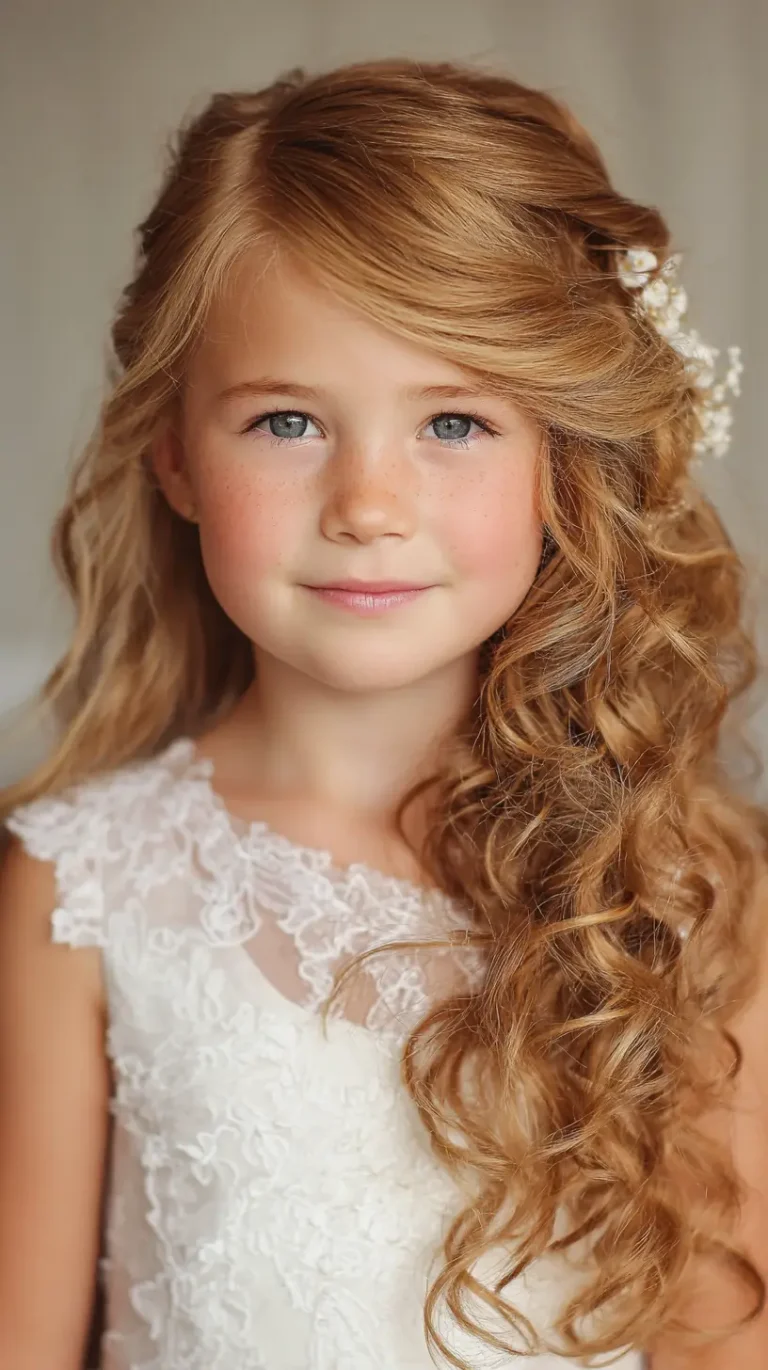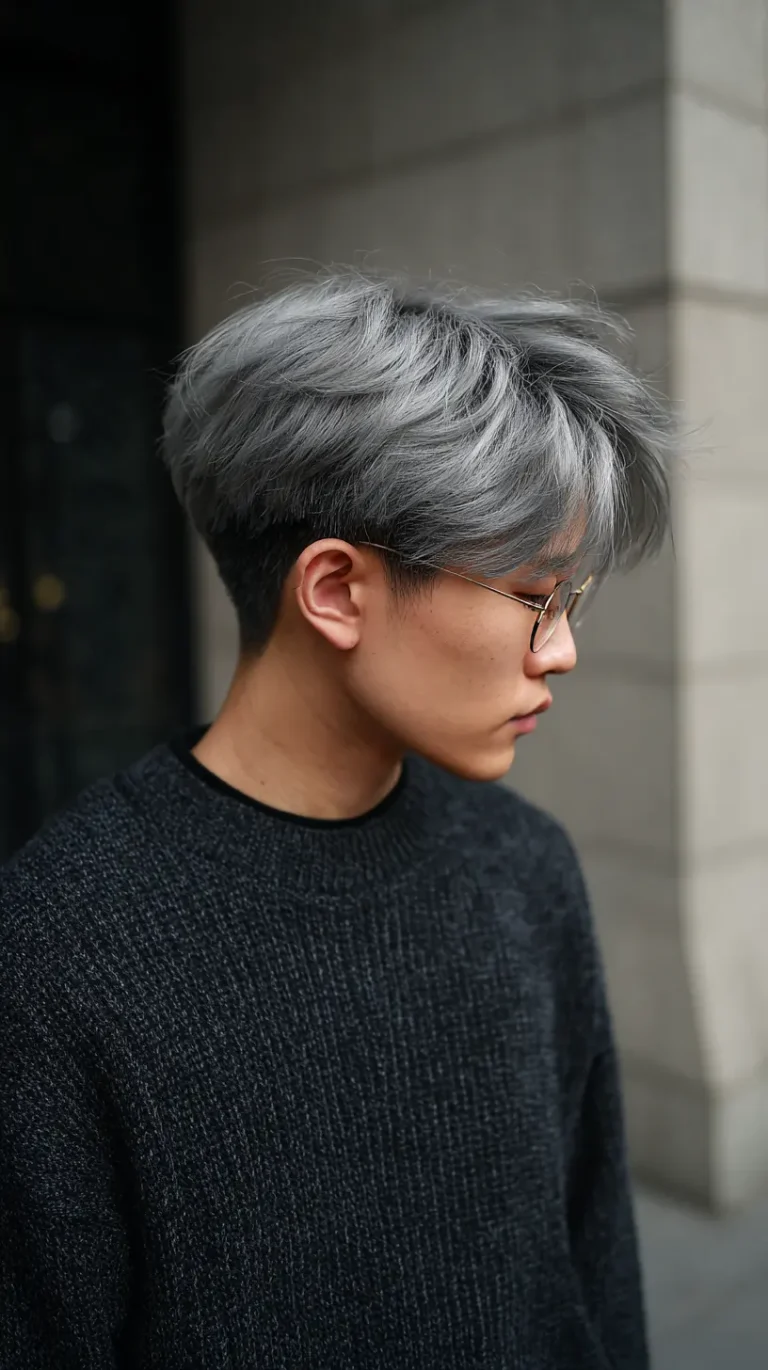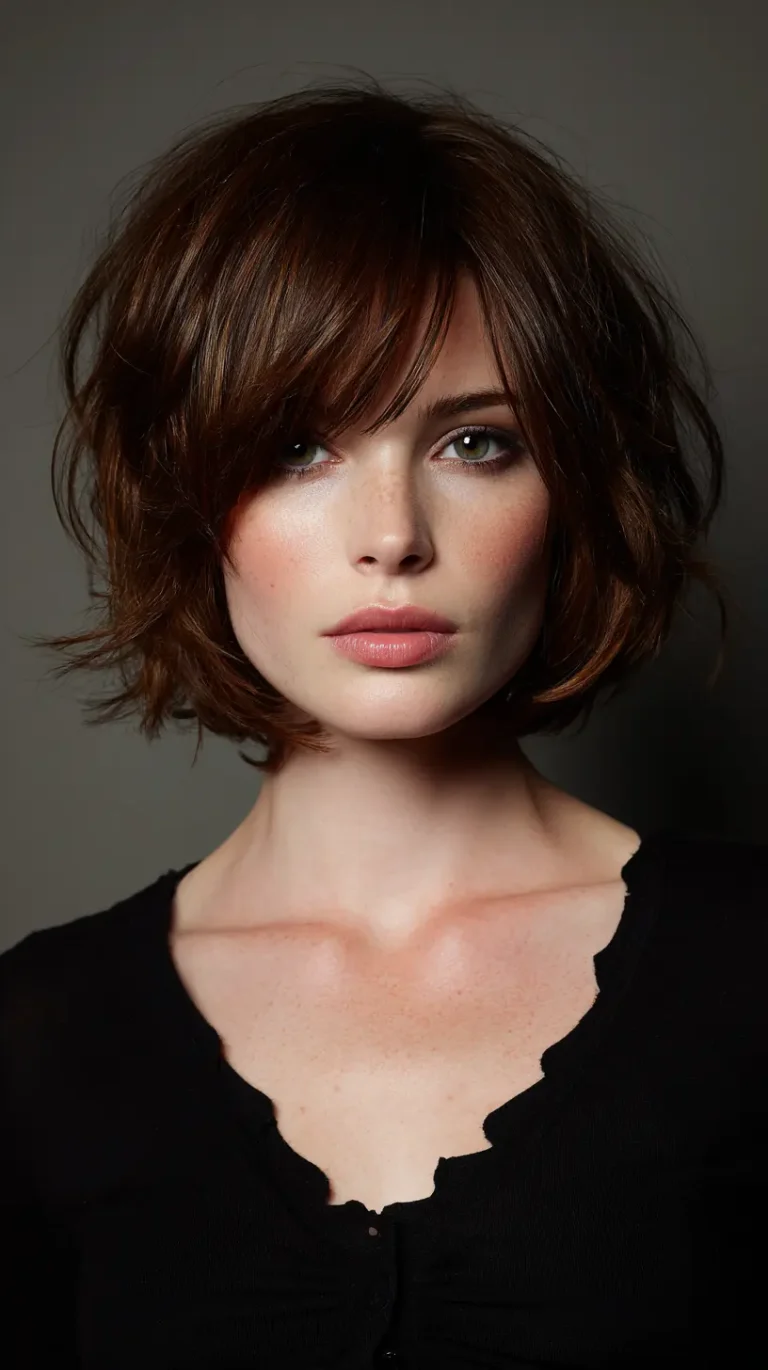14 Subtle Hair Color Changes That Make a Big Difference
Not every hair makeover has to be dramatic to be impactful. In fact, the most beautiful transformations are often the ones that look like they’ve always belonged. Subtle hair color changes offer the perfect balance of freshness and familiarity. They can enhance your natural tones, bring out your eye color, soften your features, and add depth without completely changing who you are. Whether you’re easing into color for the first time or looking to refine your look, these delicate yet effective changes are worth considering.
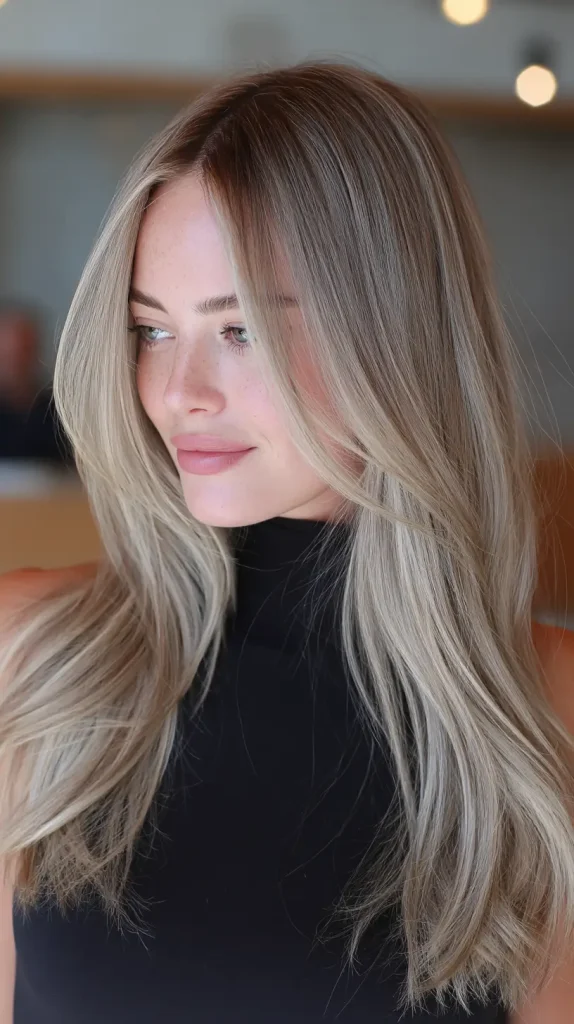
1. Face-Framing Highlights
Face-framing highlights involve lightening just the front sections of your hair, typically around the hairline. These carefully placed highlights can make your skin glow, lift your overall look, and provide brightness without needing to dye your entire head. This technique is ideal for people who want a low-maintenance update that still makes an impression. It’s especially flattering for layered cuts, as it helps define and emphasize the haircut’s shape and movement.
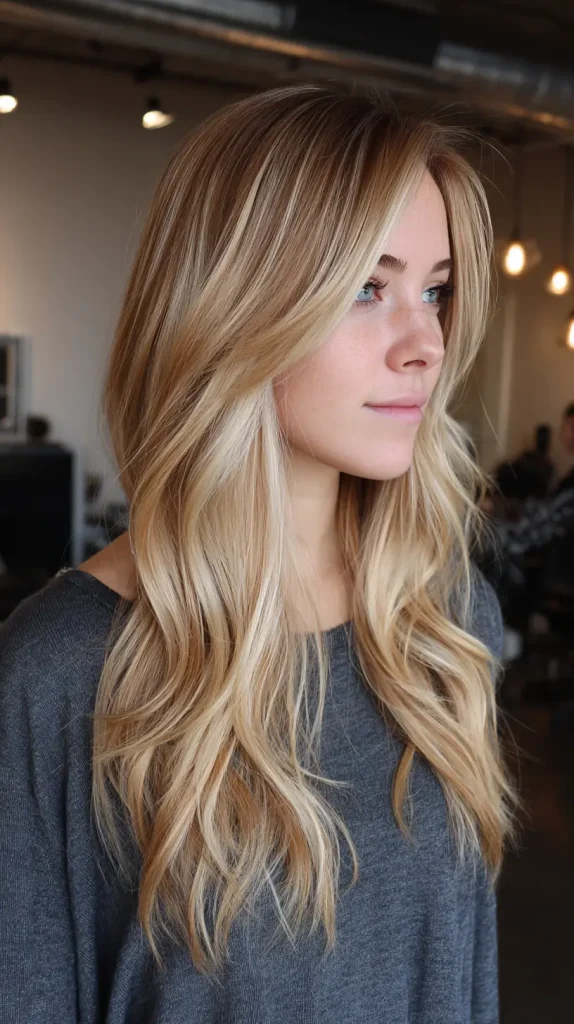
2. Root Smudging
Root smudging is a professional technique where a slightly darker or neutral tone is applied at the roots to seamlessly blend them into highlighted or lightened hair. This gives a natural gradient effect and removes the stark line that appears when your roots start growing out. It’s perfect for anyone wanting a softer grow-out phase, and it works beautifully with balayage and ombré styles. Root smudging also creates a more dimensional look, making your hair appear fuller and richer in color.

3. Gloss Treatment
A gloss treatment, also known as a hair glaze or toner, is a semi-permanent color application that enhances shine, refines color tones, and improves hair health. It can neutralize brassiness in blondes, add warmth to brunettes, or simply boost the natural vibrancy of any hair color. The best part? It doesn’t alter your base shade drastically. A gloss can be clear or tinted, and it typically lasts around 4 to 6 weeks. Think of it as a photo filter for your hair—everything looks a little more radiant and polished.
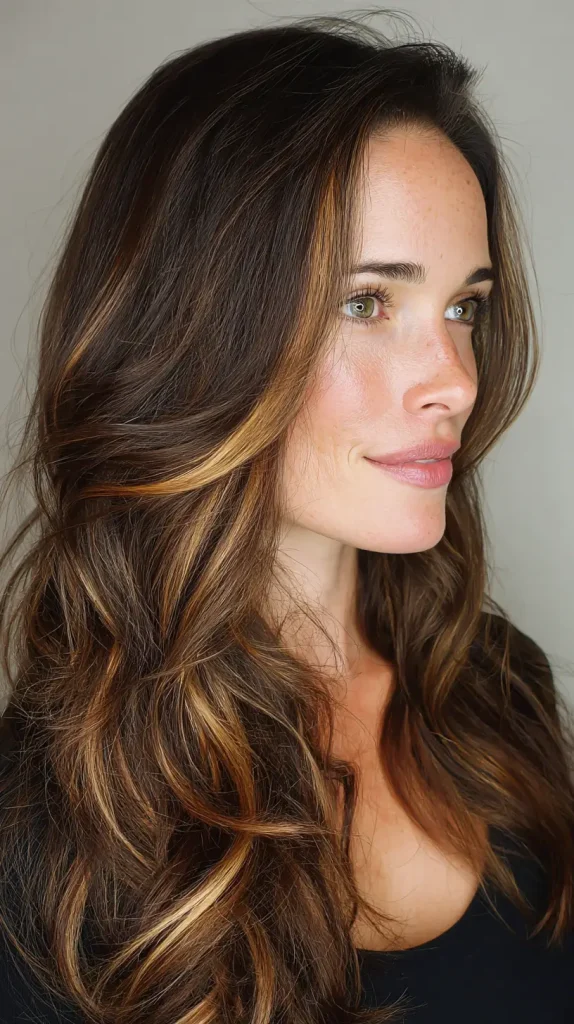
4. Baby Lights
Baby lights are extremely fine highlights that mimic the way a child’s hair naturally lightens in the sun. They’re strategically placed and subtly woven throughout the hair to add dimension and a soft glow. This technique is ideal for anyone looking for a natural sun-kissed finish that grows out gracefully. Baby lights can be used to enhance texture, bring out layers, and add interest without the bold contrast that traditional highlights can create.
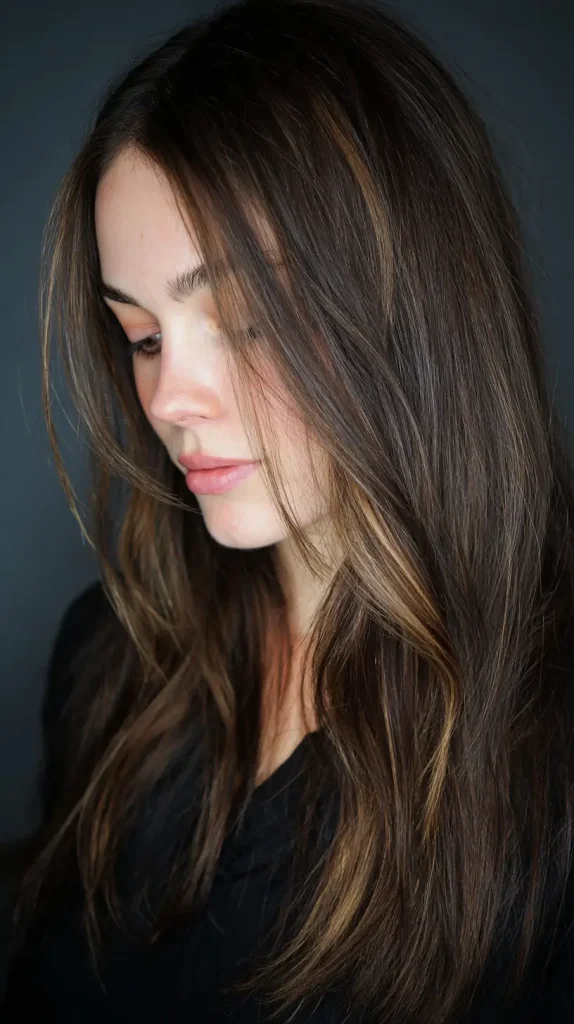
5. Soft Balayage
Balayage is known for its hand-painted technique, but a soft balayage focuses on even gentler blending and more natural tones. Instead of dramatic light pieces, the color is painted with a light hand, resulting in a gentle transition from root to tip. It gives the hair a fresh, luminous effect without a stark or streaky look. Soft balayage is great for those who want a lived-in, effortless style that looks as good growing out as it does fresh from the salon.
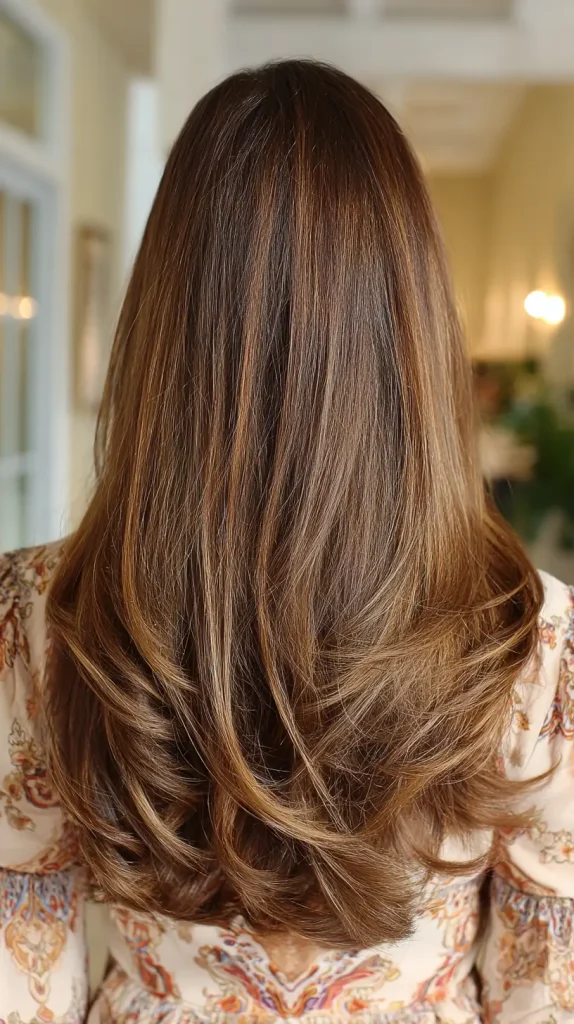
6. Warm Tones for Brunettes
Brunettes often think they have to go blonde to lighten up, but that’s not true. By adding rich warm tones like caramel, chestnut, or golden brown, you can give dark hair incredible depth and radiance. These shades reflect light beautifully and add warmth to the complexion. Whether added through highlights, balayage, or a gloss, warm tones are ideal for reviving dull brown hair and creating a multi-dimensional effect without compromising your natural color base.
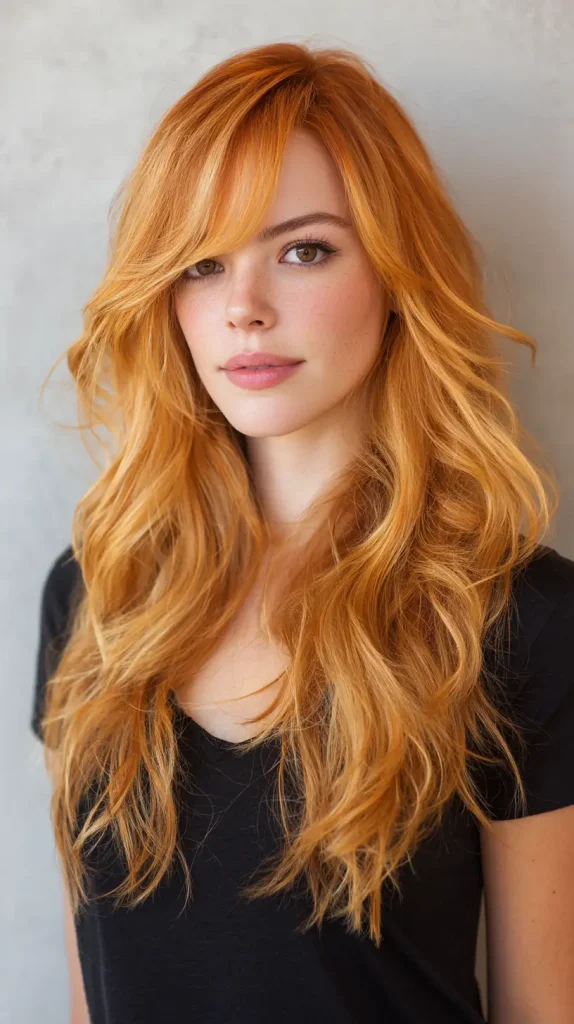
7. Ashy Tones for Blondes
If your blonde is looking too brassy or yellow, consider adding ashy, pearl, or beige tones. These cool hues neutralize unwanted warmth and create a cleaner, more sophisticated blonde. Ashy tones also tend to look more modern and less artificial, making them a favorite for those seeking a sleek, polished appearance. This type of subtle change works particularly well for cooler skin tones and can be achieved through toning shampoos or in-salon treatments.
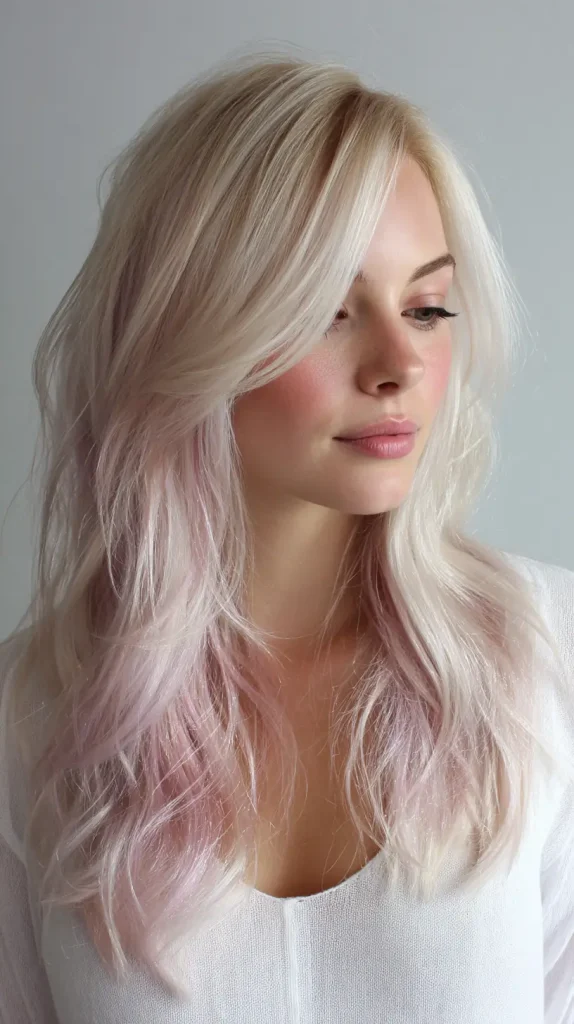
8. Lowlights for Depth
While highlights lift the color, lowlights do the opposite—they add darker tones to your base to enhance contrast and create the illusion of volume. Lowlights are perfect for hair that feels too light or flat. By placing them strategically around the mid-lengths and ends, a stylist can create dimension and movement. This technique is particularly helpful during seasonal transitions when your hair color needs a bit of grounding or richness.

9. Subtle Red Undertones
Introducing red undertones to your natural hair can dramatically enhance its warmth and vibrancy. Soft copper, auburn, or strawberry blonde tones can give your hair a glowing effect, especially when the light hits. These undertones are often mixed in subtly with your natural base, creating a rich yet understated look. This is a great option for brunettes or blondes looking to add interest without going full-on red.
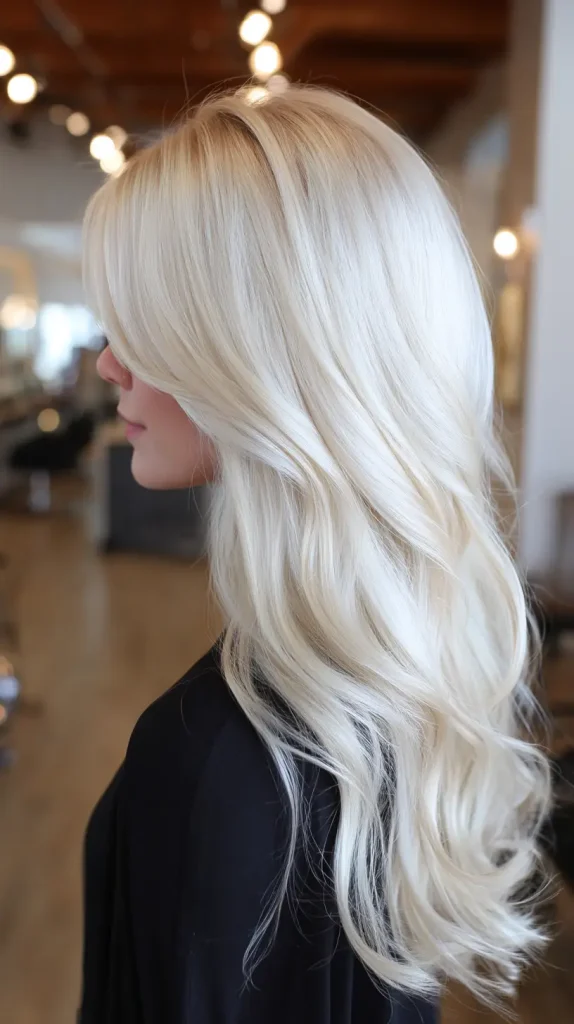
10. Shadow Root
A shadow root creates a gentle contrast between your roots and the lighter color of your ends, usually using a slightly darker or toned-down version of your natural hair color. It provides a cool, lived-in look that’s very low-maintenance. The soft blend keeps your color looking fresh for longer and allows for more time between salon visits. This is also an ideal option for blending grays or softening the grow-out line for those with color-treated hair.
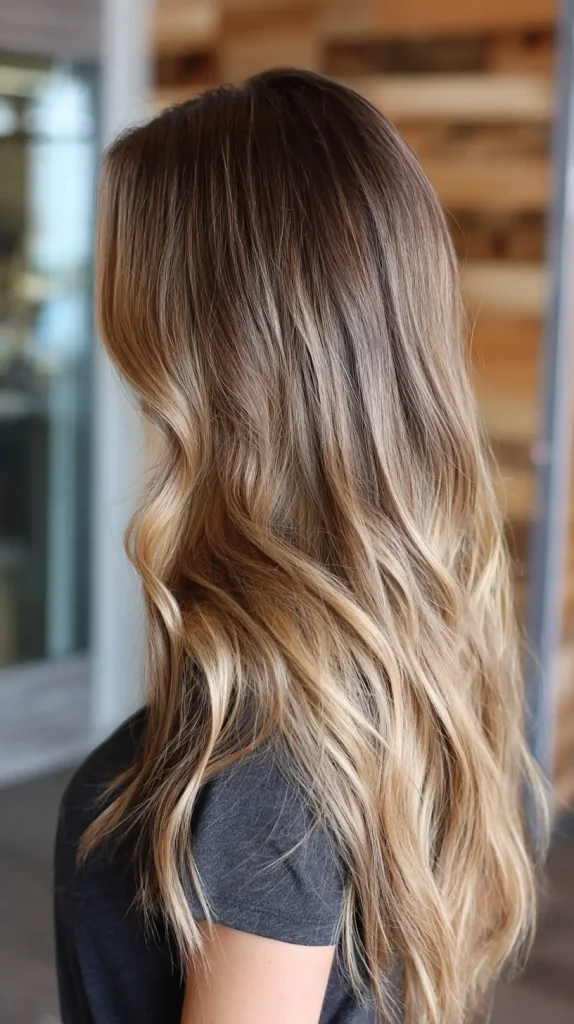
11. Pastel Tint Over Blonde
Blondes have the perfect canvas to play with pastel tints. A sheer wash of pale pink, lavender, mint, or baby blue can create a fun and youthful look that still feels refined. These subtle tints are often temporary and fade gradually, making them perfect for anyone looking to experiment without committing. When done right, the effect is dreamy, delicate, and surprisingly wearable in everyday settings.

12. Neutralizing Yellow or Orange Tones
Sometimes subtle changes are about correcting what’s already there. Using toners or blue/purple shampoos can cancel out brassy or yellow tones that develop in bleached or color-treated hair. This neutralizing process brings the hair back to a more balanced, natural tone—cooler blondes, richer browns, or cleaner silvers. It’s a small change that can make your color look fresh, intentional, and salon-worthy.
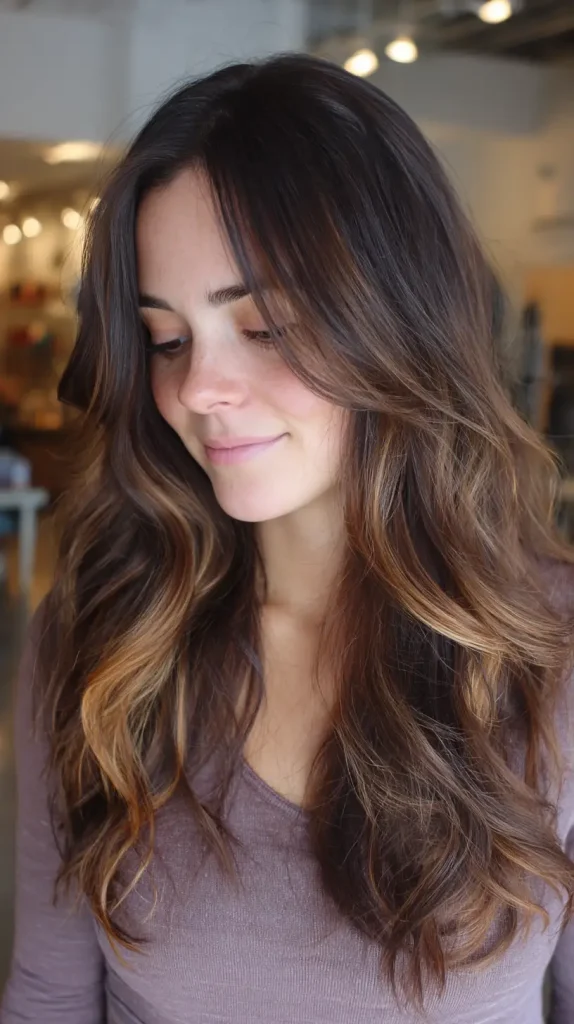
FAQs About Subtle Hair Color Changes
Can subtle hair color changes damage your hair?
Not usually. Many subtle techniques use semi-permanent color or low-volume developer, which are gentler on the hair. Treatments like glosses can even improve hair condition and shine.
How long do these subtle changes last?
It depends on the technique. Glosses and pastel tints may last 4–6 weeks, while balayage, lowlights, and root smudging can grow out beautifully over several months.
Are these styles high-maintenance?
No, most subtle color changes are designed to grow out naturally. They require fewer touch-ups than bold colors and are perfect for low-maintenance lifestyles.
Do I need to bleach my hair for subtle color changes?
Not always. Many of these techniques work with your natural color or use gentle lifting techniques. However, lightening may be needed for certain effects like pastels.
Will subtle color work on curly or textured hair?
Yes! These techniques can be tailored for all hair types, including curly and coily textures. It’s all about placement and tone to complement the hair’s natural pattern.
Conclusion
Subtle hair color changes prove that you don’t need to overhaul your entire look to make a meaningful impact. From delicate highlights to soft tonal shifts, these techniques enhance your natural beauty while keeping things low-maintenance and versatile. They’re ideal for anyone who wants to refresh their look without losing their essence.

